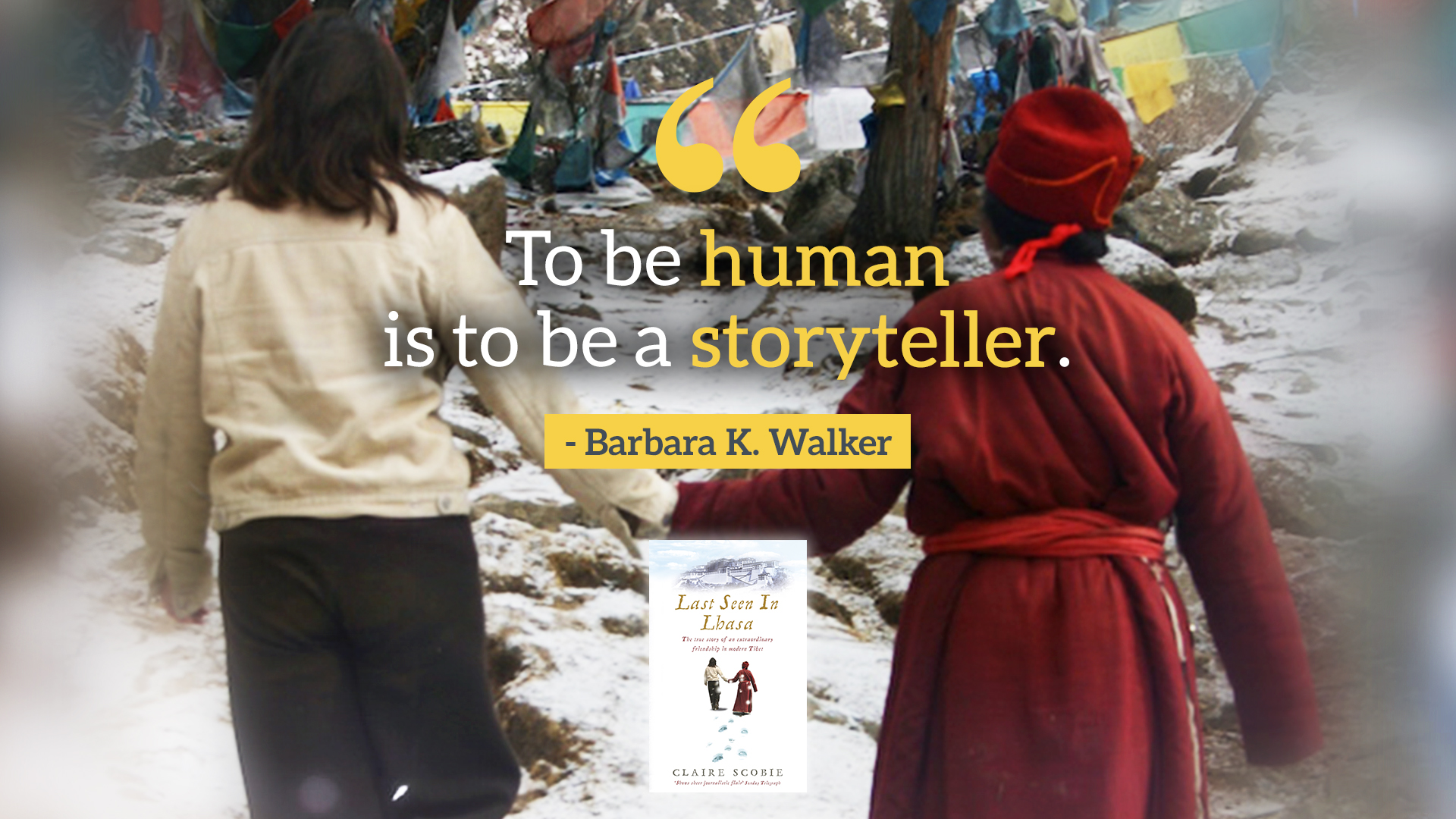I don’t know about you, but now, more than ever, climate change seems real. More freak weather events. More protests. Daily news items on the mass extinction of species. In the past year, things have speeded up.
Of course, we’ve known for years what climate change is and how it’s devastating our planet. A good percentage of us know how to mitigate its effects and do our part. Yet, why is it that we’re still so divided on this issue? Why so many non-believers? And why, even amongst those who dobelieve and acknowledge the problem, is there still inaction?
This is a big thorny question. Here in our new Sustainability Corner, we’ll be exploring this issue through a business lens. In particular, we’ll be featuring inspiring stories of individuals and organisations making a difference for the environment.
Because what I’ve realised is that how we talk about this issue, and how the message is shared, matters. It matters a lot.
Negative vs positive narratives
Right now, the predominant narrative theme on climate change is pretty negative. This is no surprise, considering the latest predictions that what we do in the next 10 years will impact the next 10,000 years. Gulp.
However, research has shown that using fear to provoke a behavioural change can be counterproductive. So, when we see visions of scorched earth and plastic-choked wildlife, it makes us anxious. Or worse. People feel depressed, which invariably leads to denial or avoidance of the environmental issues at hand. Similarly, too many facts and numbers can blur on a page, especially in the staggering volume that they are being produced today.
How positive narratives can help
It’s important to go back to our roots and connect with our core humanity. Numerous studies have shown that emotionally engaging stories affect more areas of the brain than data-centric messages ever could.
Without going into the neuroscience of it all, our brain has the unique ability to recognise patterns that help us predict likely outcomes, which makes narratives and storytelling the most elegant and effective way to communicate messages. We’ve been doing it, after all, since our ancestors sat around the campfire tens of thousands of years ago.
In particular, stories that focus on positive outcomes with positive role models can lead to concrete action. They actually get people thinkingabout what they could do and how they should do it. In contrast, negative narratives that convey hopelessness and despair can lead to avoidance and inaction.
This was confirmed at an April workshop I ran for North Sydney Council. For one exercise, community groups came together to create a narrative of change.
One local leader said that, ‘Since the ABC series, War on Waste, ordinary people have woken up to the impact our daily rubbish is having on the environment. Now they’ve accepted this is a reality, they are able to do something about it. It’s actually empowered them to act.’
That’s certainly true for me. Now I’ve accepted climate change as real, I feel motivated to do something about it. Indeed, positive storytelling is a powerful tool that can help bring about the change that our planet needs, and it’s one that we should use and use well.
As more people and businesses are doing their share, more positive stories are generated… encouraging others to do theirs. So, I encourage you to send in your own stories hereto be featured at Sustainability Corner– inspired by ‘Speaker’s Corner’ at Hyde Park in London where everyone has the chance to stand on his or her soapbox.
Together, let’s do our bit to save the environment, one beautiful story at a time.
![]()


